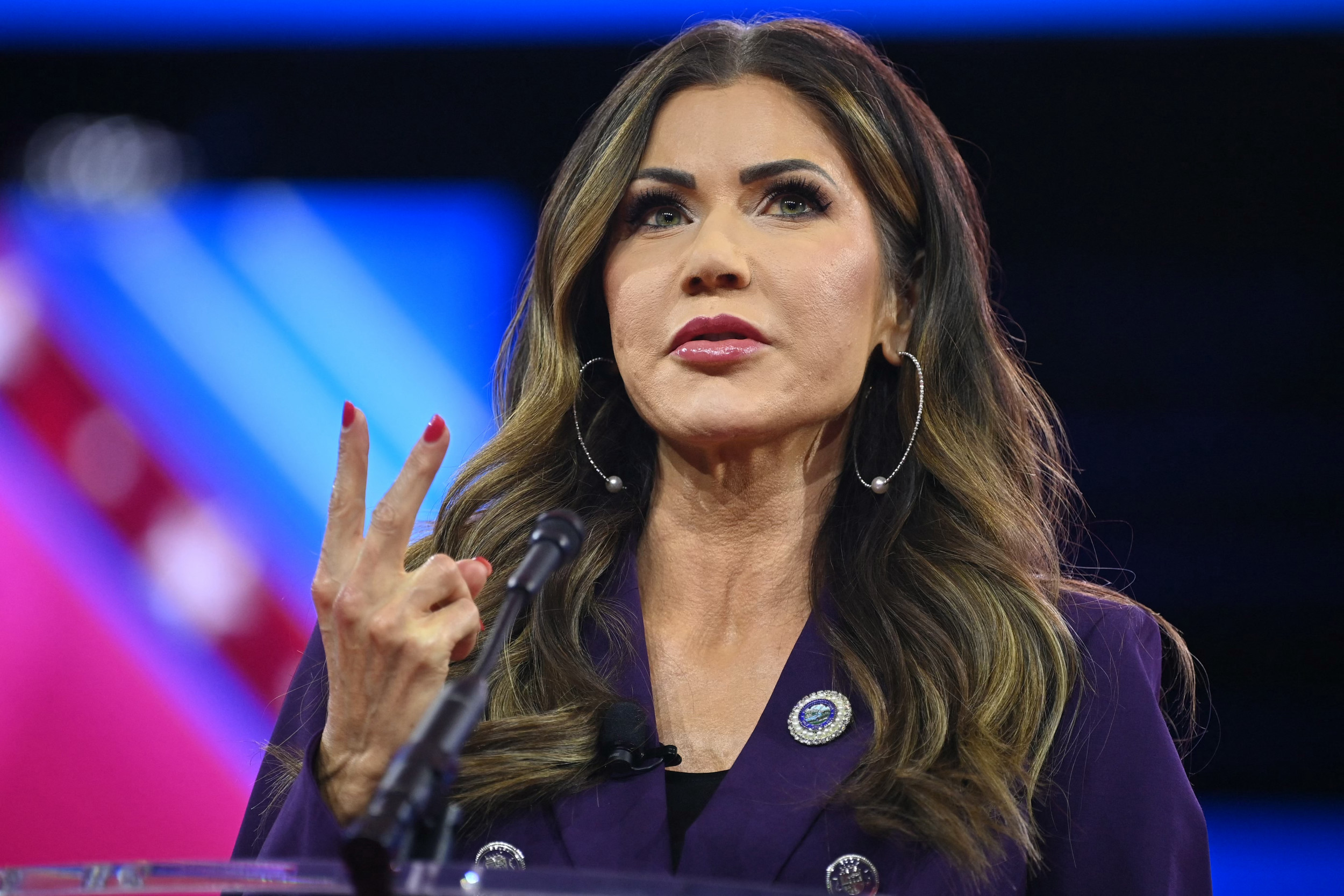The 77th U.N. General Assembly opens this week, and it takes resolve to go into this one optimistically. The world is still falling way short on the Sustainable Development Goals adopted by the United Nations in 2015, including SDG 6—water and sanitation for all. Secretary-General Antonio Guterres' report warns, "Access to safe water, sanitation and hygiene is the most basic human need for health and well-being. Billions of people will lack access to these basic services in 2030 unless progress quadruples."
With climate change, women carrying the biggest burden, and the need for stronger private/public partnerships, there is a lot more work to be done.
And it can be done. Low-cost solutions are available right now that can deliver fresh water to those who need it most.

Water scarcity affects every continent, and there are 1.6 million deaths each year due to poor water access, sanitation, and hygiene. By 2040, roughly one in four children worldwide will be living in areas of extremely high water stress. And today, 771 million people lack access to safe water and 1.7 billion lack improved sanitation. Meeting SDG 6 means getting both numbers as close as we can to zero—in just eight years.
The goal was ambitious enough when it was set in 2015, with the World Bank estimating a cost $114 billion a year. Today, the updated annual investment needed is not $114 billion, but estimated at $287 billion. Currently, development assistance stands at a mere $81 billion for water supply and sanitation services, less than a third of what's needed. The gap will only widen further, exacerbating consequences for public health, so urgent action is necessary.
To reduce the impact of climate change on health, and the health-care systems we all rely on, the world needs both the private sector and public sector to work in partnership. It starts with acknowledging the dual role each must play to both mitigate our impact on the planet, but also adapt to a warming world.
Yet, the shortfall in paying to fix the problem is already being spent, it's in the system. We've estimated that the absence of universal access incurs $300 billion a year in coping costs and inefficiencies—which if you're living without access, you might call drudgery, long treks, missed school, and outrageous expenses. In this light, the cost of meeting SDG 6 is just money that is already being spent, but in all the wrong places.
Say a woman in a low-income neighborhood in the Philippines—and it is women who disproportionately carry this burden—can get a loan. She installs a $177 water connection, and the very next day her costs, including loan repayment, drop from $2 a day buying water to 49 cents. That's the kind of instant value creation that has so far drawn $3.7 billion of capital into the microloans facilitated by Water.org and is driving momentum toward achieving SDG 6.
In 2021, for example, Water.org partners mobilized $740 million in private capital—probably exceeding all purely philanthropic water and sanitation efforts in the world combined. Our partners are disbursing 2 million water and sanitation microloans a year and counting.
Companies already have more incentive than ever to take a hard look at water use in their communities as well as their operations, under the Environmental Social Governance (ESG) paradigm, which guides environmentally conscious investors. As companies give it greater attention, they are bringing their resources to SDG 6 achievement like never before. Suddenly, we are at an intersection of possibilities between people who want to invest in their own water and sanitation access, companies who see the value in sustained water access, and global capital markets that can provide liquidity.
The more we can connect household water and sanitation solutions to vastly larger capital markets, the more we can turn private ESG and investment needs into momentum. The leaders at UNGA this week are joined by companies that can put millions of dollars of SDG 6 financing into socially responsible investing and see a return, as coping costs are eliminated, and lives changed.
It's time to address this growing crisis with solutions that work and move away from a water-scarce world.
Matt Damon is an Academy Award-winning actor and co-founder water.org and WaterEquity.
Gary White is CEO and co-founder water.org and WaterEquity.
Kris Licht is Reckitt's chief customer officer and president of the health business.
The views expressed in this article are the writers' own.
Uncommon Knowledge
Newsweek is committed to challenging conventional wisdom and finding connections in the search for common ground.
Newsweek is committed to challenging conventional wisdom and finding connections in the search for common ground.
About the writer
To read how Newsweek uses AI as a newsroom tool, Click here.








